As of June 25, 2024, according to the latest data from the U.S. Drought Monitor, 13.63% of the United States and Puerto Rico, as well as 16.13% of the contiguous 48 states, are currently experiencing drought conditions.
Historical data and various paleoclimate studies underscore the susceptibility of the United States to drought. Significant droughts in the distant past, such as the Dust Bowl of the 1930s and the drought of the 1950s, along with more recent events, serve as critical reference points. They highlight our ongoing vulnerability to drought as we face a future that is projected to be warmer and, in some regions, drier.
Since summer is in full swing and drought conditions are forecasted to worsen, it’s crucial for everyone to reconsider their water usage habits. It’s estimated that the average American household wastes about 30 gallons of water per day. Therefore, learning how to conserve water is more important than ever.
If you reside in a drought-affected region or a state with stringent water restrictions, you may already be implementing some of the suggestions we outline here daily. If not, continue reading as we provide practical tips to help reduce water wastage.
First and foremost, every household should conduct regular maintenance to detect leaks that contribute to escalating water bills. Leaks, whether from a toilet or a hose, are major sources of water waste in homes. Taking the time to fix a leaky toilet or seal a hose can significantly reduce water consumption.
Despite fixing leaks, a substantial amount of water is still wasted indoors, particularly in the bathroom and kitchen. Outdoors, the garden tends to be the most water-intensive area of a household.
Here are a few tips to conserve water:
1. Saving water in the bathroom
There are several habits that can help you save water in the bathroom, although I admit not everyone may embrace them. Here are my suggestions:
If you urinate, consider not flushing and wait until your next visit. The yellow color might bother some of you, but you will save a lot of water by not flushing after every pee.
Some people enjoy long showers, but if you want to reduce your water bill, limit your shower to five or ten minutes at most. A useful trick is to turn off the shower while you apply soap or washing gel, as well as when you shampoo or condition your hair.
Many men leave the sink faucet running while shaving to rinse, a habit I used to have as well. Now, I keep a small bowl of water for this purpose and only turn on the faucet when I need to clean my face after shaving. The water from the bowl can also be used to dilute the contents of the toilet.
The same principle applies to brushing your teeth—instead of letting the water run, turn off the faucet while brushing and turn it on again when you need to rinse.
If your spouse enjoys long baths, try to persuade them to fill the bathtub only halfway or less. Good luck with that!
Consider installing a low-flow shower head to prevent water wastage. If that’s not an option, keep a plastic bucket nearby to collect dripping water and use it for flushing the toilet. Also, install faucet aerators that reduce water flow while maintaining pressure, helping to conserve water without compromising functionality.
Some people opt to install composting toilets to eliminate the use of traditional toilets altogether. While changing bathroom habits may not appeal to everyone, adapting to these changes can result in significant water savings.
2. Saving water in the kitchen
Quite a lot of water is wasted in your kitchen, often due to our use of modern appliances. For instance, dishwashers consume considerable water even on shorter cycles. Despite various marketing claims about newer models saving water, hand-washing dishes remains unbeaten in efficiency.
For instance, my wife still washes dishes by hand. She fills one basin of the kitchen sink with soapy water and another with clean water, thereby avoiding running water continuously for both operations. Additionally, many people rinse pans and pots under running water, but it’s more efficient to let them soak in soapy water to prevent water waste.
If you decide to keep using your dishwasher, wait until it’s fully loaded before running it. Choose shorter wash cycles if possible, and avoid using the rinse-hold feature.
When rinsing fruits and vegetables, do so under a large pot to collect the water. My wife uses this water for watering houseplants. Similarly, water used for boiling vegetables can be reused, if not for soup stock.
While waiting for hot water to reach the tap, collect the cold water in a pitcher or container. Use this water for drinking, cooking, or watering plants.
Defrosting frozen foods under running water is also wasteful. Instead, defrost foods in the fridge overnight with a bit of meal preparation.
If you prefer cold water, keep a couple of bottles in the freezer rather than running the tap until it chills. This was a habit I used to do frequently, and it took some time to break. Along the same lines, instead of grabbing a new glass every time you want a drink from the fridge, use dedicated cups and bottles for refills in my household.
3. Saving water outside your home
As mentioned earlier, your garden will consume a lot of water, especially if you want to keep your plants alive. If you have a lawn, you’re probably familiar with the spike in your water bill during summer months. Personally, I advocate for maintaining an edible lawn by replacing grass with plants that serve a purpose.
When it comes to watering your garden, there are various solutions available to help conserve water. With a bit of research, you can likely find something that fits your budget and requirements. Drip irrigation systems are now more prevalent, and some are even embracing traditional methods like olla watering pots. Whatever method you choose, ensure your system is set up to water plants efficiently, avoiding unnecessary areas like sidewalks. Installing rain sensors is also recommended to automatically turn off your irrigation system during rainy days. Additionally, regularly inspect hoses and pipes for leaks or damage.
If you prefer classic watering methods such as using a hose, I suggest watering the garden early in the morning to minimize water evaporation. You could also consider collecting gray water from your house to water plants, but ensure you use natural cleaning products that won’t harm the soil or plants.
Regardless of the water-saving methods you employ, nothing beats using water that doesn’t come directly from the tap. While collecting rainwater or condensation remains a debated topic due to legal restrictions in many states, some people still opt to install underground reservoirs for rainwater collection, despite fines in certain counties. While I can’t recommend this practice, it remains an option for some individuals.
If you grow a decorative garden, select plants that are well-suited to your local climate and require less water once established. Native plants and succulents are often good choices for arid zones.
If you own a pool, covering it when not in use can significantly reduce water evaporation. While swimming is refreshing on hot days, pools are substantial water consumers.
Regardless the type of garden you are growing, applying a layer of mulch around plants and in garden beds will help retain moisture in the soil. This reduces the need for frequent watering.
If possible, group plants with similar watering needs together in your garden. This allows you to water more efficiently without overwatering some plants to accommodate others.
Some people wash their cars in their driveway believing they can do a better job than a local carwash. While this may be true, consider the significant water waste. If you prefer washing your car yourself, use rainwater and do so sparingly. There are also waterless car wash products that you can try. These allow you to clean your car without using water. These products typically involve spraying on a cleaning solution and wiping off dirt with a microfiber towel.
Note: Some people suggest saving water during laundry by using fewer rinse cycles or investing in newer washing machines that use less water. Personally, water conservation during laundry is challenging for me, especially when clothes get heavily soiled during outdoor activities like foraging and camping.
A last word
Now is the time to review your water bill and observe any spikes in usage compared to the last three months. You’ll likely find that you’ve used significantly more water and it’s important to identify where this excess water was consumed.
The suggestions outlined in this article are accessible to everyone and, with a bit of practice and patience, can become ingrained as water-saving habits. You can selectively adopt the tips that appeal to you most, and even implementing just a few will be more beneficial than doing nothing. Encourage everyone in your household to be mindful of water use in the household, emphasizing the importance of conserving water.


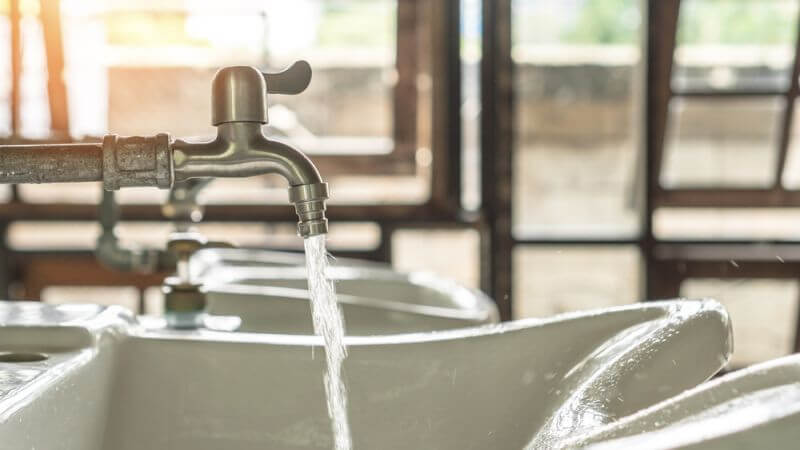
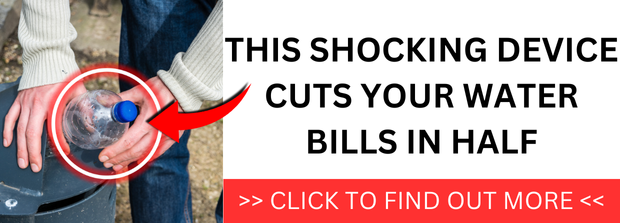
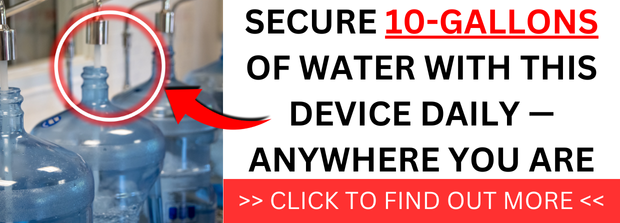
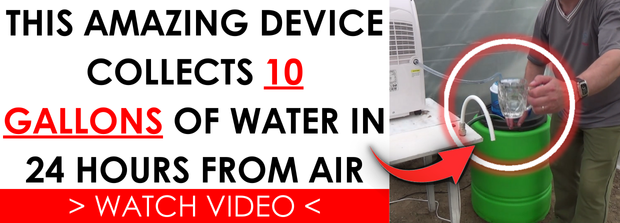
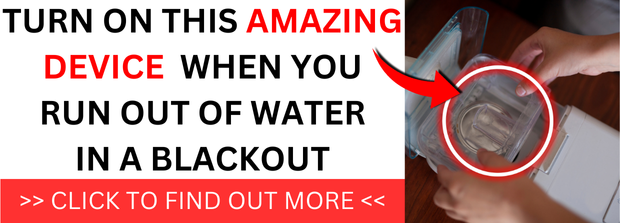
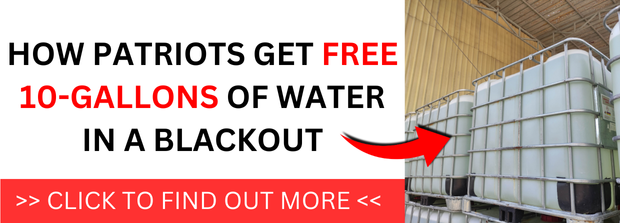
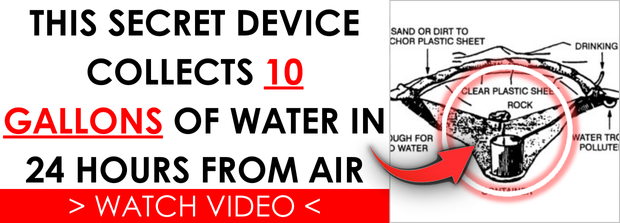





CL | July 18, 2024
|
If you utilize a water softner, DO NOT water your plants with your “claimed” water. It will kill them.
Lisa | July 19, 2024
|
I’m in the Phoenix area. You call it summer.. I call it dead of winter.. From the end of June to mid September there is NO cold water in the tap. There is a little, not much, maybe a cup or two. I save that. Every time I go to the kitchen faucet that first water is saved. That water is put in my water filtration system. Hot tap water shortens the filters and leaches the plastic container. Another source of room temp water is my dehumidifier.. When it’s raining outside, you’ll get a little over a gallon in 8-10 hrs. Again that goes into my filtration system. I have extra dehumidifiers in case we are on rationing. We live on the edge, no monsoon last summer, about 6″ in little bits this last winter. My plants live on irrigation. Need to learn to use a pump to push irrigation into my rainwater catch system. That now has a filter, could be used for my livestock or kitchen.. Yes, i know, I still waste water but maybe not as much as others.
Margot J Wright | July 25, 2024
|
IF YOU HAVE A WATER SOFTENER YOU CANNOT USE INSIDE WATER TO WATER THE PLANTS IN THE HOUSE OR OUTSIDE AS THE SALT WILL KILL THE PLANTS
Judith | October 6, 2024
|
My husband installed a hose that is connected to the washing machine. He uses this water for the trees we have.
William | January 9, 2025
|
So I recieved the email with a link to this article. The email is titled “3 Best Places to Get Extra Water in a Heatwave”.
But once I click the link, I find out the story title is “How to conserve water during heatwaves”.
While there’s nothing wrong with conservation, I was wanting to read a story about places to actually GET water. Is it too hard to have things like email titles worded in such a way that accurately reflects the content of the article? It can’t be that hard to do, right?
Lynne Clark | January 10, 2025
|
-Reply to Judith: If you are using your clothes washer water to water the trees – make sure your detergent is non-toxic.
Cynthia Parker | January 15, 2025
|
We live in very hot humid Oklahoma, which means we need to run our air conditioners constantly during the summer, We realized that our AC units were pulling out gallons of water every day,, so we’ve started collecting that water to use on our gardens. We could probably use if for drinking, after filtering or=f course, but we have enough water stored that using it on the gardens is the more prudent choice now.